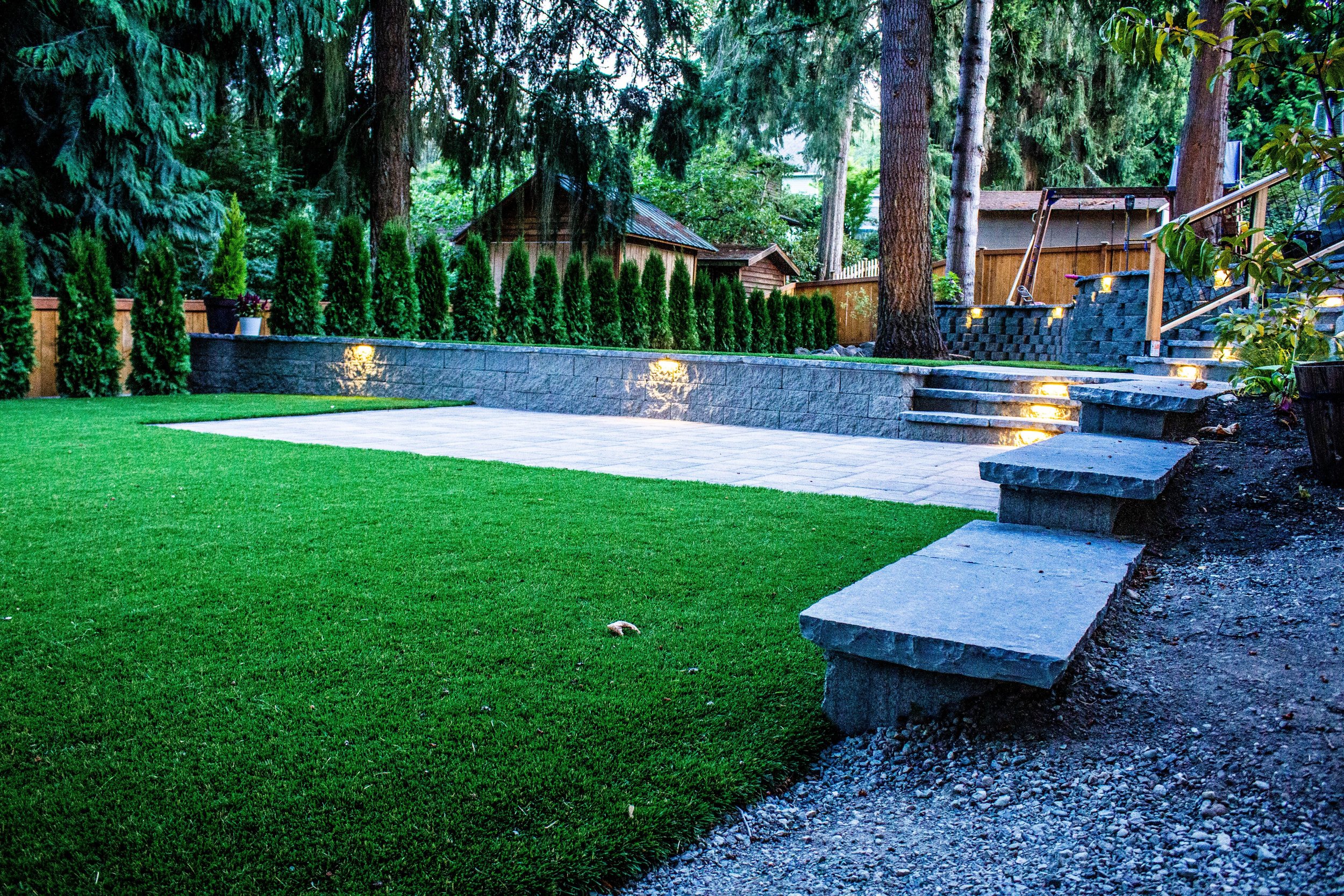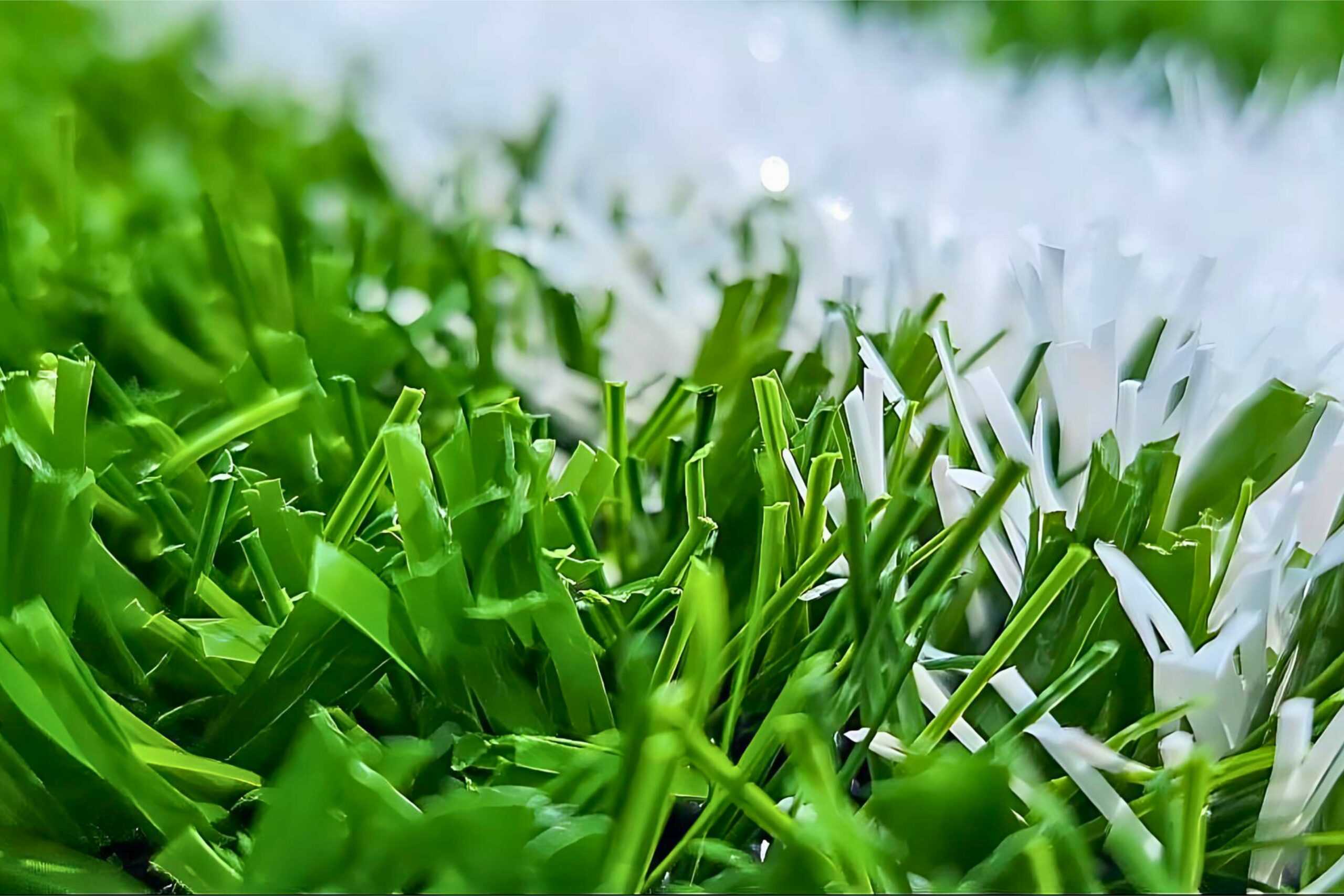Explore the Environmental Perks of Opting for Synthetic Grass Solutions
The adoption of man-made grass solutions provides an engaging possibility to attend to pushing ecological obstacles. By substantially minimizing water use and reducing the application of harmful chemicals, these options not only advertise lasting landscaping however also safeguard neighborhood ecosystems.
Water Conservation Conveniences
Among one of the most significant benefits of synthetic grass is its ability to preserve water. Standard turf yards call for significant irrigation, particularly in areas vulnerable to dry spell or water restrictions. In contrast, synthetic lawn does not need watering, considerably decreasing the total demand for water resources. This function is specifically beneficial in arid regions where water deficiency is a pushing issue.
By eliminating the requirement for regular watering, artificial turf adds to sustainable landscape methods and aids reduce the environmental effect of excessive water intake. Moreover, the preservation of water prolongs to the decrease of runoff, which can result in soil erosion and waterway pollution.
Additionally, the installment of synthetic grass permits home owners and towns to allot water sources a lot more effectively, focusing on essential uses such as alcohol consumption water and agriculture. The shift in the direction of artificial grass not just promotes accountable water usage however also aligns with more comprehensive ecological objectives intended at preserving natural deposits.
As areas increasingly prioritize sustainability, the water preservation advantages of synthetic grass present an engaging situation for its fostering in residential and commercial landscape design tasks.
Lowered Chemical Usage
The transition to artificial turf considerably decreases the reliance on chemical therapies generally utilized in natural yard maintenance. Typical lawn management usually involves the application of fertilizers, herbicides, and pesticides to advertise development and control bugs. These chemicals can position threats to human health and wellness, local wild animals, and the setting, adding to dirt and water contamination.
In contrast, synthetic lawn removes the need for these damaging substances. By reducing the release of synthetic compounds into the ecological community, man-made turf advertises healthier dirt and water systems.
Additionally, the absence of chemical runoff connected with man-made turf installations assists protect neighborhood waterways from air pollution, supporting marine life and maintaining biodiversity. Arizona turf. As areas significantly focus on lasting practices, selecting fabricated turf presents a viable option that lines up with environmental preservation objectives. With this change, homeowner can appreciate lush green spaces without jeopardizing environmental health and wellness, paving the means for a more lasting future
Lower Carbon Footprint

Additionally, the setup of synthetic lawn can result in significant water preservation. Natural grass require significant quantities of water for irrigation, which not only includes in the carbon footprint linked with water extraction and therapy however additionally stress local water sources. In comparison, synthetic grass requires very little why not look here upkeep, requiring no watering, thus substantially minimizing water use and its connected power prices.
In addition, the longevity of synthetic grass contributes to its reduced carbon influence. With a life-span of up to 15 years or more, the requirement for regular substitutes is lessened, leading to less waste and lower power consumption in manufacturing and taking care of standard turf choices. In general, artificial turf presents a sustainable choice for eco conscious landscaping.
Habitat Conservation
Environment preservation is a crucial consideration in the dispute over landscaping options, specifically when comparing synthetic grass to all-natural turf. Natural turf lawns frequently require comprehensive maintenance, consisting of the usage of pesticides, herbicides, and plant foods, which can adversely influence neighborhood ecological communities. These chemicals can seep into the dirt and waterways, damaging native flora and animals and disrupting neighborhood habitats.
In contrast, fabricated grass presents a possibility to decrease the eco-friendly footprint of landscaping. By selecting artificial turf, property owners can minimize the interruption of all-natural habitats related to standard lawn treatment practices. Synthetic grass gets rid of the need for unsafe chemicals, therefore safeguarding neighboring wildlife and keeping the stability of surrounding ecosystems. In addition, the setup of fabricated turf can cause the conversion of former yard areas into even more biodiverse landscapes, such as pollinator gardens or native plant areas, which can support regional wild animals.
Ultimately, the change to artificial turf not only preserves water and lowers upkeep initiatives yet additionally cultivates a more harmonious connection between human activities and the natural surroundings, promoting habitat preservation while doing so.
Long-Term Sustainability
Lasting sustainability helpful site is a crucial factor in reviewing the advantages of synthetic grass over typical lawn lawns. Among one of the most substantial benefits of synthetic grass is its toughness; it can last up to 15-20 years with marginal upkeep, whereas natural yard needs regular reseeding and replacement. This longevity lowers the requirement for constant resources, such as water, plant foods, and pesticides, which are essential for preserving a healthy and balanced turf yard.
Furthermore, synthetic grass adds to a reduction in carbon exhausts associated with yard care tools. Conventional lawns frequently require gas-powered lawn mowers, trimmers, and blowers, all of which contribute to air pollution. Turf my site installation phoenix az. On the other hand, synthetic grass removes the demand for such devices, promoting a cleaner environment
In addition, the production of synthetic grass increasingly uses recycled products, enhancing its sustainability account. As suppliers adopt environment-friendly techniques, the ecological footprint of synthetic grass continues to reduce.

Conclusion
The adoption of synthetic grass options offers substantial ecological benefits, including considerable water conservation, reduced dependence on dangerous chemicals, and a lower carbon footprint. Furthermore, synthetic turf help in maintaining all-natural environments by lessening land disturbance and advertising long-term sustainability with the use of resilient products. Collectively, these factors emphasize the capacity of synthetic grass to contribute favorably to ecological health and offer a sensible choice to conventional landscaping techniques in a progressively resource-conscious world.
In comparison, man-made grass does not require watering, dramatically minimizing the general need for water resources. By decreasing the release of artificial compounds right into the environment, synthetic lawn promotes much healthier soil and water systems.
Moreover, the installation of man-made turf can result in considerable water conservation. In contrast, fabricated turf requires marginal maintenance, needing no watering, thereby substantially decreasing water use and its associated energy prices.

Comments on “Environmentally Safe Arizona Artificial Turf for a Year-Round Lush Green Lawn”